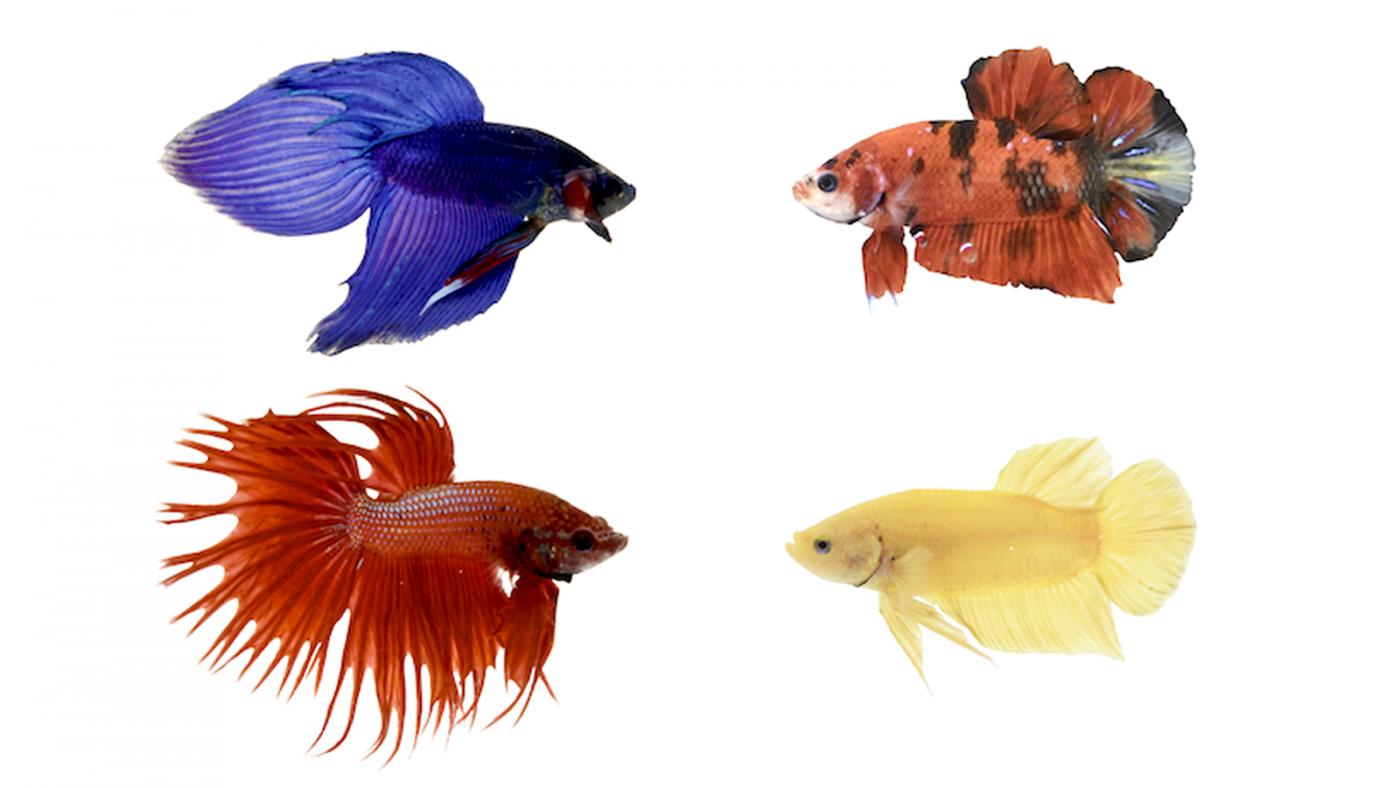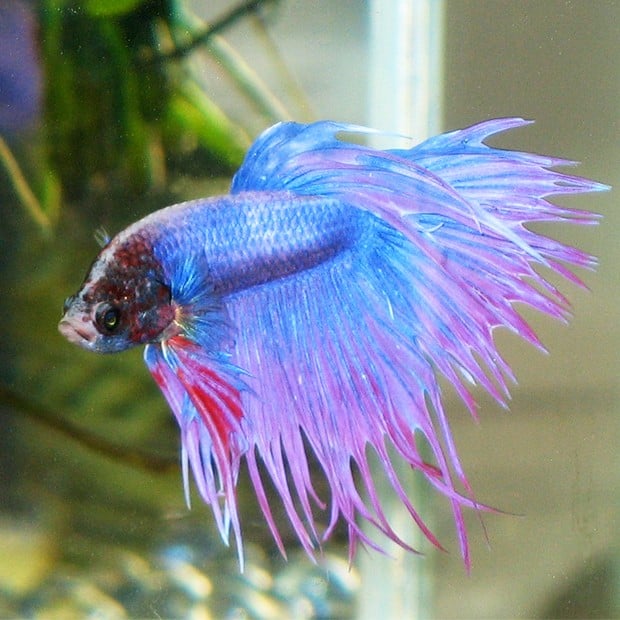Betta Fish Tank Configuration: A Step-by-Step Overview for Beginners
Betta Fish Tank Configuration: A Step-by-Step Overview for Beginners
Blog Article
Reproducing Betta Fish: a Comprehensive Step-By-Step Guide to Efficiently Raising Baby Bettas From Eggs to The Adult Years
Reproducing Betta fish is a meticulous endeavor that requires careful planning and execution to guarantee the successful advancement of fry from eggs to develop fish. As the male Betta carefully constructs a bubble nest and guards the priceless eggs, the succeeding phases of care and transition need interest to detail and expertise of finest methods.

Selecting Reproduction Pairs
When starting the journey of reproducing Betta fish, choosing the right reproduction sets is important to achieving preferable qualities and a healthy and balanced lineage - betta fish. The initial step in this procedure is to determine the specific attributes you want to boost or protect, such as color, fin kind, and physique. It is necessary to select genetically diverse pairs to prevent inbreeding, which can lead to health and wellness issues and unwanted attributes
Examine potential reproducing candidates meticulously. A healthy male Betta needs to display vibrant shades, an energetic temperament, and well-formed fins, while the lady needs to also show vibrant coloration and a rounded stubborn belly, indicating preparedness for spawning. Observing the personality of both fish is important, as hostile or overly timid people may not breed efficiently.
Documentation of lineage is just as important. Keeping documents of the moms and dad fish's ancestry can help you track genetic attributes and potential problems. Furthermore, consult credible dog breeders or online resources for advice on selecting compatible pairs. Eventually, spending time in the option process will considerably improve the chance of producing strong, vibrant children that meet your breeding objectives (betta fish).
:strip_icc()/siamese-fighting-fish-bettas-1378308-hero-f459084da1414308accde7e21001906c.jpg)
Preparing the Breeding Tank
Developing an ideal breeding setting is a crucial step after picking appropriate pairs for Betta fish. The reproduction storage tank should be especially developed to offer convenience and promote the all-natural reproduction behaviors of the fish. Beginning with a storage tank size of at the very least 10 gallons to guarantee adequate room for both the man and female Bettas.
Keep a gentle filtration system to maintain the water clean while staying clear of solid currents that can stress the fish. In addition, an air stone can be added to offer oxygenation without interfering with the water surface area excessive.
Temperature law is important; go for a secure variety of 78-82 ° F(25-28 ° C) using a reliable heating system. The pH level must be kept in between 6.5 and 7.5, and normal water adjustments are needed to guarantee high water top quality.
Integrate drifting plants or generating sponges to create hiding places for the female, while likewise urging bubble nest building by the male - betta fish. Ultimately, ensure the storage tank is without sharp decorations and any type of possible hazards, as the welfare of the fish must constantly be focused on during this vital stage of reproduction.
The Breeding Refine
Commonly, the reproducing procedure for Betta fish involves a series of unique and observable behaviors that suggest preparedness for recreation. The male Betta begins by developing a bubble nest at the water's surface area, which serves as a site for the fed eggs. This nest is essential, as it provides a safe environment for the eggs till they hatch out.
When the nest is developed, the man will present courtship actions, such as flaring his fins and showing dynamic shades to bring in the lady. The lady, upon sensing the male's readiness, will certainly respond by presenting upright stripes along her body, signifying her receptiveness.
The fertilized eggs after that fall to the bubble nest, where the male very carefully accumulates and returns them to the nest. Following this, the male presumes obligation for securing the nest and making sure the safety and security of the eggs until they hatch out, usually within 24-36 hours.
Caring for Betta Fry
Caring for Betta fry calls for mindful interest to their environment and nourishment to guarantee healthy growth and growth. After hatching out, Betta fry are exceptionally small and prone, necessitating a stable and tidy habitat.
Feeding Betta fry is equally vital. Feed them little amounts a number of get more times a day, being cautious not to overfeed, which can lead to water top Get More Information quality issues.
Transitioning to Grownup Bettas
As Betta fry mature, transitioning them to adult Bettas is an important phase that requires cautious monitoring of their environment and social communications. This process commonly begins when the fry get to around 6 weeks old, at which point they can be slowly presented to an extra structured living environment.
To promote this change, it is necessary to make sure that the water parameters-- such as temperature, pH, and ammonia levels-- are optimal and steady. Adult Betta fish flourish in cozy water (around 78-80 ° F) with a pH of 6.5 to 7.5. Slowly adjust the fry to these conditions to lessen stress.
Social interactions are another crucial aspect; male Bettas are notoriously territorial and aggressive. It is a good idea to different men right into private containers as they grow. Female Bettas can be housed together, yet care must be required to keep an eye on for signs of hostility.
In addition, dietary changes ought to be made as the fry expand. Integrate high-grade pellets and live foods to support their growth and health and wellness. By taking care of these factors efficiently, you can promote an effective change look at this web-site to the adult years for your Betta fish.

Conclusion
Effective breeding of Betta fish requires cautious attention to information throughout the entire procedure, from choosing genetically varied pairs to providing ideal care for fry. In addition, a balanced diet regimen and gradual adjustment to adult atmospheres are essential for the development and advancement of Betta fish.
Report this page